First published in 1934
Reprinted in 2004 by
Routledge
2 Park Square, Milton Park, Abingdon, Oxon, OX14 4RN
Transferred to Digital Printing 2009
Routledge is an imprint of the Taylor & Francis Group
All rights reserved. No part of this book may be reprinted or reproduced or utilized in any form or by any electronic, mechanical, or other means, now known or hereafter invented, including photocopying and recording, or in any information storage or retrieval system, without permission in writing from the publishers.
The publishers have made every effort to contact authors/copyright holders of the works reprinted in Routledge Library Editions Anthropology and Ethnography. This has not been possible in every case, however, and we would welcome correspondence from those individuals/companies we have been unable to trace.
These reprints are taken from original copies of each book. In many cases the condition of these originals is not perfect. The publisher has gone to great lengths to ensure the quality of these reprints, but wishes to point out that certain characteristics of the original copies will, of necessity, be apparent in reprints thereof.
British Library Cataloguing in Publication Data A CIP catalogue record for this book is available from the British Library
Western Civilization and the Natives of South Africa
ISBN 0-415-32556-0 (set)
ISBN 0-415-33003-3
ISBN 978-1-136-53388-4 (ePub)
Miniset: Africa
Series: Routledge Library Editions - Anthropology and Ethnography
Publishers Note
The publisher has gone to great lengths to ensure the quality of this reprint but points out that some imperfections in the original may be apparent.
[1. Schapera
Isang Lentswe Pilane, Former Acting Chief of the BaKxatla ; Patron of Education and Economic Development
A MODERN BANTU CHIEF
[frontispiece
LIST OF ILLUSTRATIONS
Frontispiec., A MODERN BANTU CHIEF.
Isang Lentswe Pilane, Former A

ing Chief of the BaKxatla ; Patron of Education and Economic Development. (I. Schapera.)
Plate.
I. CHRISTIANITY AND TRIBAL LIFE
II. THE NATIONAL SCHOOL, MOCHUDI, B.P.
III. RHYTHM IN BANTU LIFE
IV. AGRICULTURAL LIFE IN THE RESERVES
V. ECONOMIC LIFE IN THE RESERVES
VI. LANGA NATIVE TOWNSHIP, CAPE TOWN
VII. Street Scenes
VIII. NATIVE HOMESTEADS
IX. Scenes of Domestic Life
X. THE SPREAD OF CIVILIZATION
XI. ON SHOW FOR THE EUROPEANS
MAPS.
I. NATIVE AREAS IN THE UNION OF SOUTH AFRICA. (J. D. R. Jones.)
II. POLITICAL MAP OF SOUTHERN AFRICA
T HE Native problem as it exists to-day in South Africa is not a phenomenon of recent growth. The issues confronting the country are the produ

of many decades of inter-racial conta

and adjustment during which Europeans and Natives have exercised a steadily growing influence upon each others lives. Under the influence of European civilization many of the Natives have abandoned their original tribal customs, and their social life is being reorganized on a new basis by the adoption of European habits and customs, and by their introdu

ion to the economic and religious systems of the Europeans. On the other hand, the presence of the Natives has so profoundly afte

ed the social and economic development of the Europeans as to have become an indispensable part of the whole stru

ure of civilization in South Africa. It is no longer possible for the two races to develop apart from each other. The future welfare of the country now depends upon the finding of some social and political system in which both may live together in close conta

, without that increasing unrest and disturbance that seem to arise as the inevitable result of the lack of harmonious co-operation in any society.
It is obvious that any successful policy must be based upon a thorough knowledge and understanding of the present situation and of the processes which have led to its creation. Until we have investigated carefully the story of their relations in the past, we can neither appreciate the many sources of fri



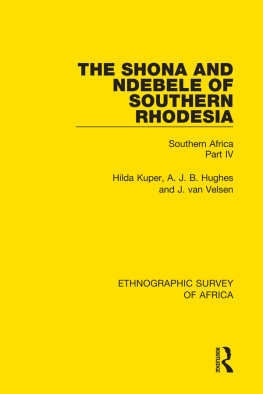

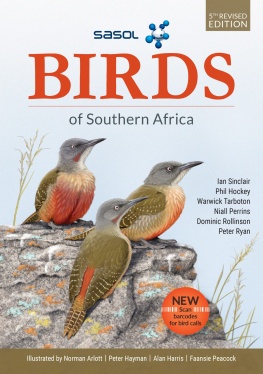
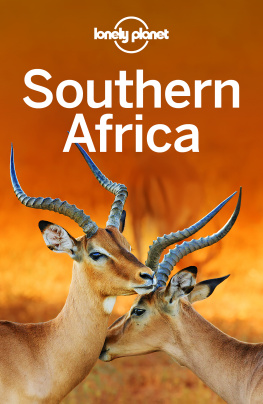
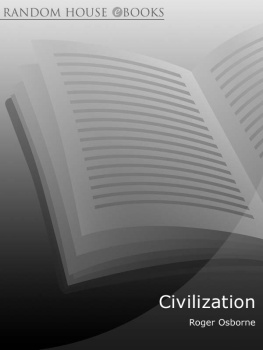
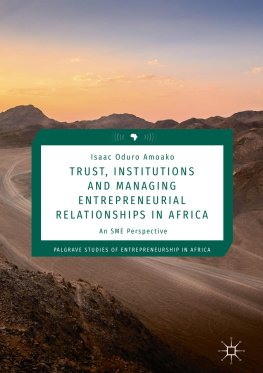
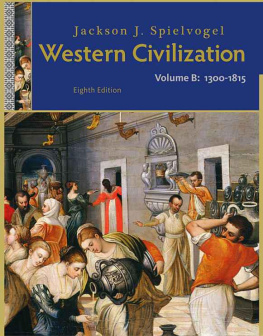




 ing Chief of the BaKxatla ; Patron of Education and Economic Development. (I. Schapera.)
ing Chief of the BaKxatla ; Patron of Education and Economic Development. (I. Schapera.) of many decades of inter-racial conta
of many decades of inter-racial conta